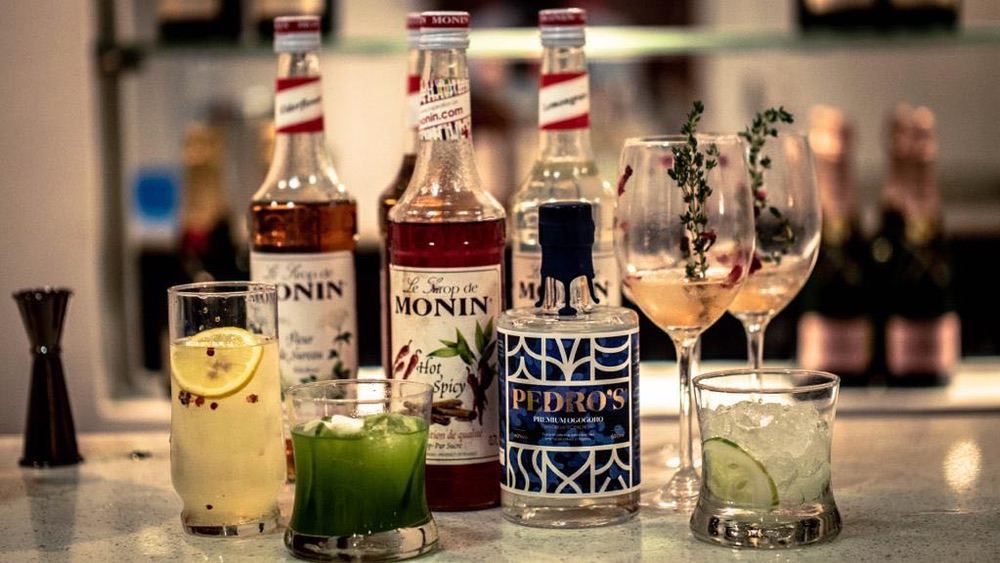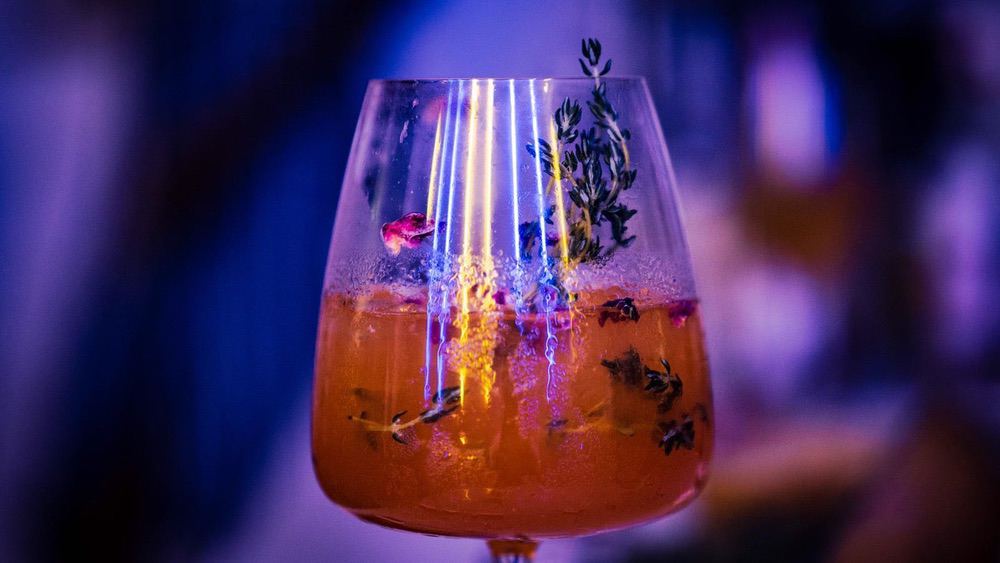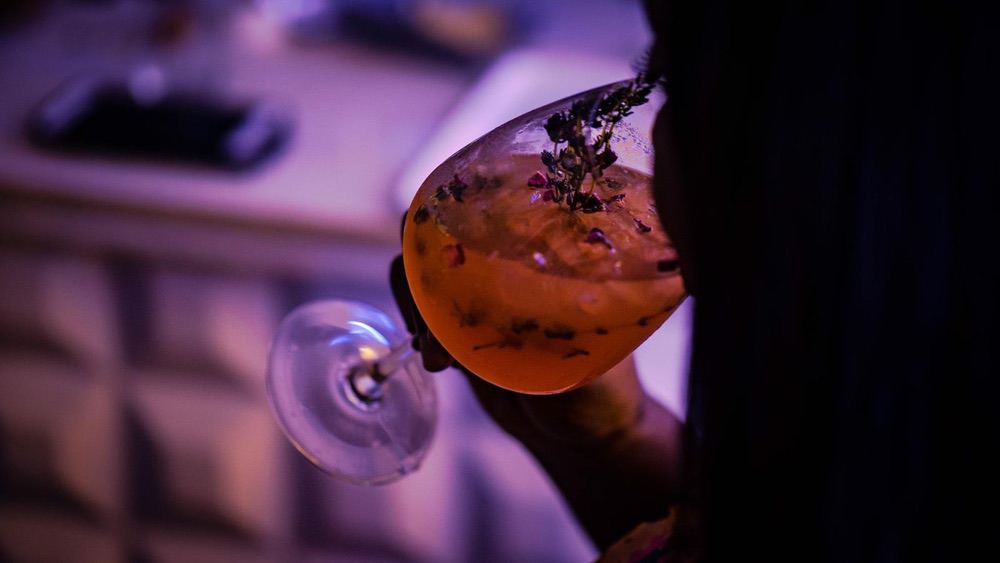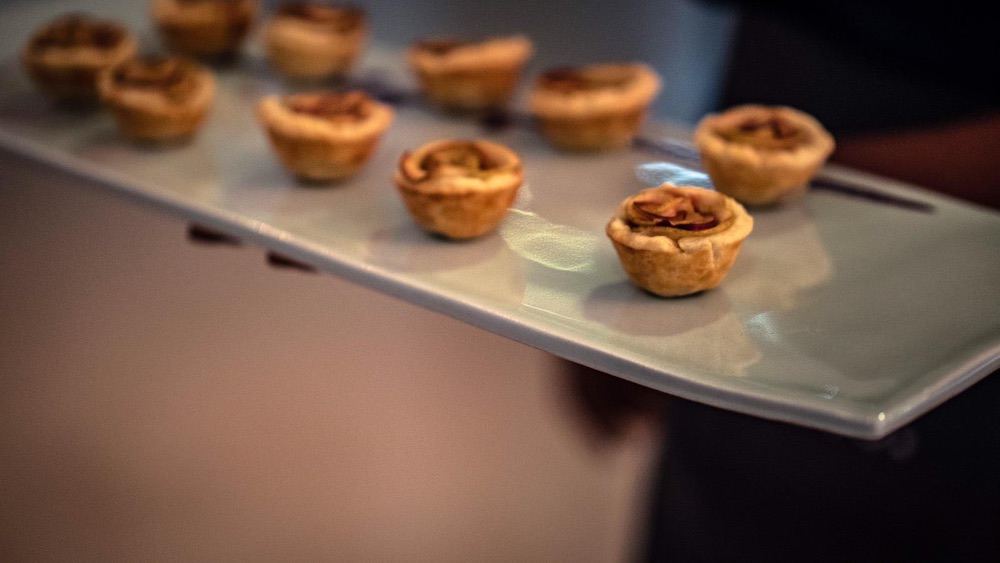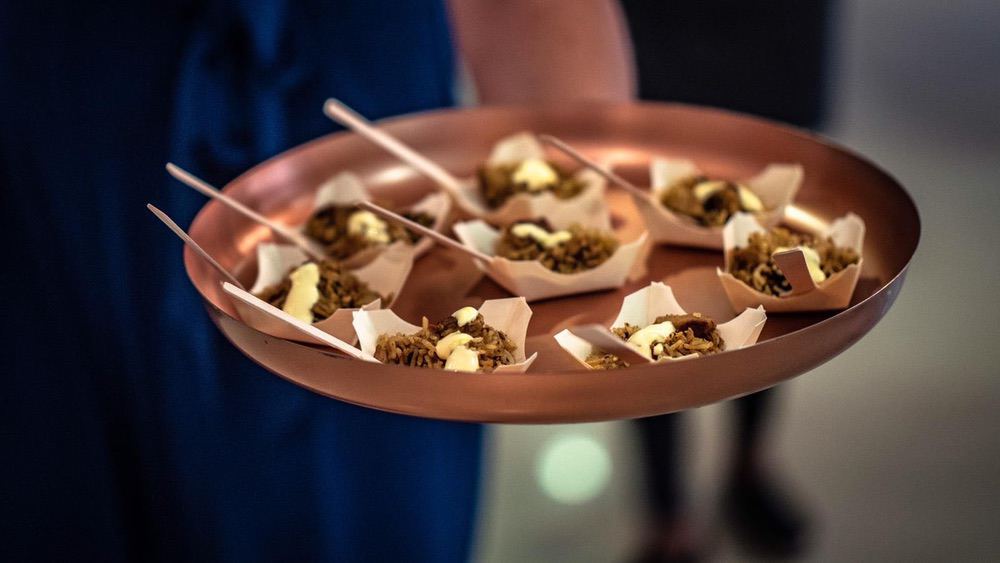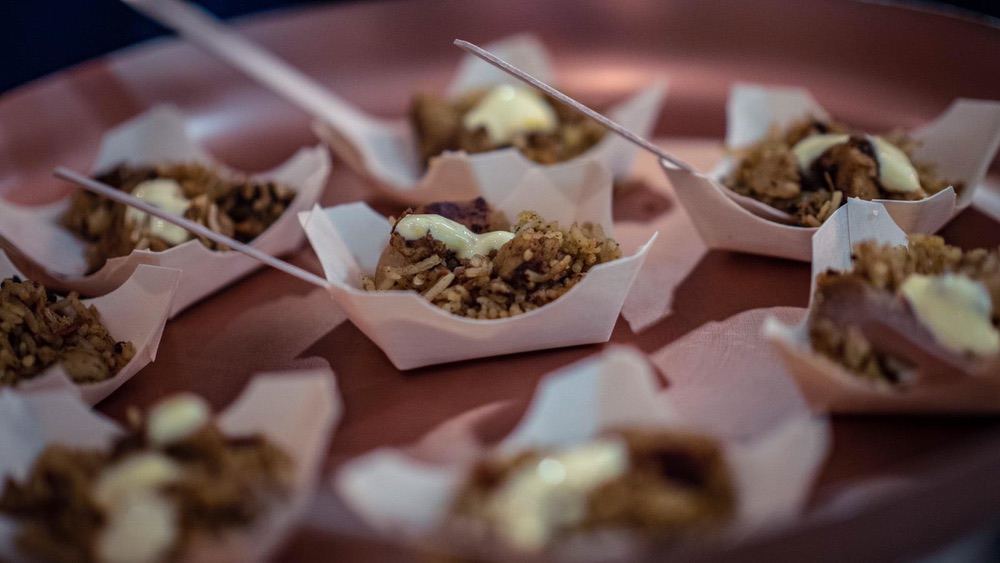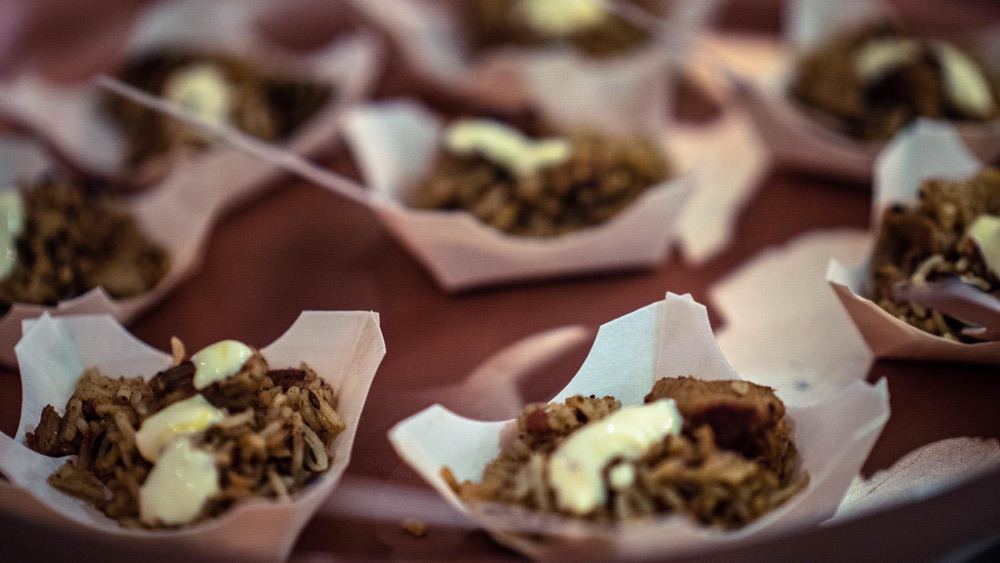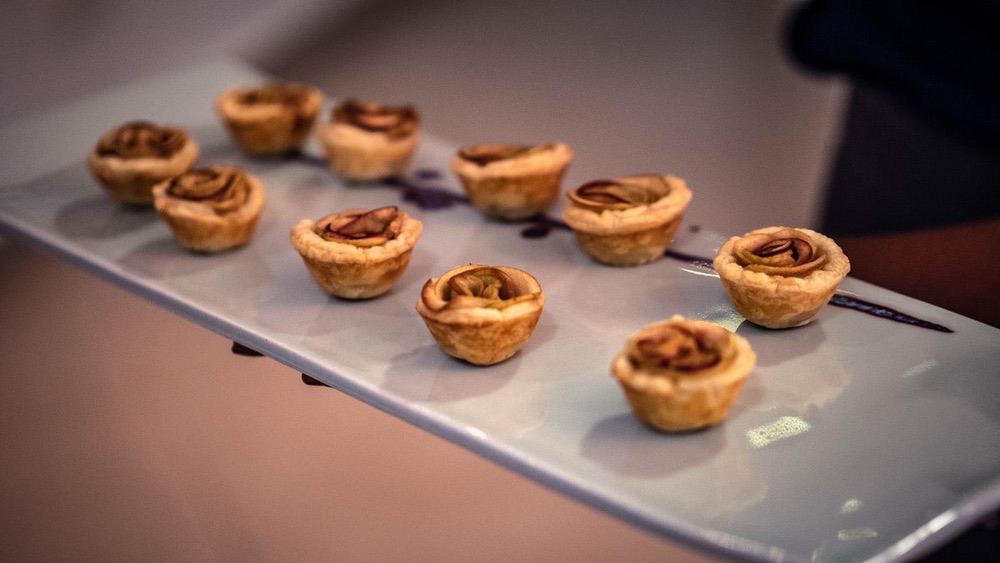The Pairing Possibilities of Pedro’s Ogogoro
After having a month long pop-up at Temple Muse, Pedro’s closed its launch with a cocktail and canapé pairing experience featuring Bar Nomadic and Bite., hosted by Eat Drink Lagos.
“It was also super precious for us to have a discerning group of attendees decide for the first time, since we launched this pilot batch, which kinds of flavours and ingredients go well with our spirit.”
I think the most exciting aspect of contemporary life is how we (read: Africans) are all appreciating the very thing that sets us apart as a culture. I’m not sure how it was done in other generations but I particularly like how we are all really trying to hold onto our indigeneity in a very protective way. Pedro’s makes a strong case as Africa’s first distilled premium ogogoro.
For a while now, I have considered ogogoro quite the local alternative to gin, like most people I was made to think it was a lesser refined gin and that’s what Pedro’s immediately debunks. Pedro’s describes ogogoro as:
I am not illegal, illicit or local gin.
I am not gin.
I am not vodka, whisky nor brandy.
I am not inferior, counterfeit nor unnatural.
I am not theirs.
I am akpeteshie, kai-kai and sapele water.
I am ogogoro.
I am heritage, culture and tradition.
I am authentic, organic and the finest.
I am yours.
Your machete, fire and drum.
Your water, tree and people.
Your provenance, future and Africa.
Your pride, power and spirit.
I am ours.
Our Pedro’s.
The event started with a palm wine serving to introduce the spirit, derived from the oil or raffia palm tree – the same medium palm wine comes from. Unlike palm wine that’s initially tapped from palm sap, ogogoro is derived from further distillation of the sap. And that’s what contradicts the labelling as ‘local gin’ as gin is generally produced by distilling fermented grain and a number of different botanicals, especially juniper which creates an ‘aromatic canvas’ for other botanicals. In other words, a gin wouldn’t be one without juniper berries known for tying together all the complex notes of these botanicals that it is made from.
The drink from the first round was titled “Purist”, which was basically shots of ogogoro, paired with Thai fish cakes vs. short ribs and a blackberry sauce. It opened up the palate as the spirit is an Apéritif before anything else. I think the sharp contrast of the fish cakes and short ribs complemented the spicy notes of the drink – you’d either prefer the sweet, sour or savoury palate. And because this was an either or situation, I preferred the fish cakes because there’s something quite refreshing about consuming this drink with fish – it has sentimental value for an Ijaw. Only thing missing was a view of the creeks and maybe the presence of mami-water-gods – after all, the drink is also used to appease river gods in some parts of the Niger Delta.
The next round “Lightweight” was O.G. Rosé served with Biryani vs. mini apple tart roses. I can’t remember all the components of this cocktail but it had aperol, rosé, rose water, lemon as well as rosemary and lavender. I think the pairing worked quite fantastically, the floral components lifted the equally fragrant notes of the biryani. Although the mini apple tart roses worked better for me, as the mildly sweet cocktail paired well with the sweet and sour dessert. The drink was the best way to incorporate floral notes into a cocktail as it grounded what would have otherwise been a mere fruit juice.
Round three, “Herbaceous” featured The Basil Gimlet accompanied with mini eggplant parmigiana vs. bbq goat on sweet potato crisps. This round also had my favourite cocktail, which incorporated basil, cucumber syrup and slices. I found it quite spicy perhaps due to Pedro’s as the basil on the other hand brought it all together. I’ll probably have this in a larger glass next time, at least to save me from the illusion that I’m having quite a heavy drink. Although, the herbal components provided some sort of comfort that even if you’re having a strong drink, it’s also quite healthy. This round also had some of the best food pairings, I’m not sure which I prefer as the eggplant as well as the bbq goat served in a sweet potato taco brought out entirely distinct flavours that I totally loved.
The “Citrus Kick” round titled PedroCello was a fantastic way to blend the potent notes of ogogoro with the subtle flavour of a limoncello – the Italian lemon liqueur. A popular after-dinner drink made from fresh lemons, pure grain alcohol, water and sugar. (Watch how to make it here) The drink was accompanied with Coriander prawn toasts vs. meatballs and a spicy apricot sauce which reminded me of the bites from the first round: Thai fish cakes and short ribs in a blackberry sauce.
What I loved the most about the tasting was how it made Pedro’s stand against very potent sweet and sour flavours – the extremely spicy and layered spirit made a strong case for pairings we haven’t quite thought of with ogogoro. Somehow we have faith that the drink hardly consumed by the cosmopolitan, affluent and young population in Nigeria due to the infamous reputation of ogogoro as a health hazard, is brought back to life as a defiant clinging to our culture representing who we are as a people and by default what our distinct taste consists of – which in this case, Pedro’s presents.

